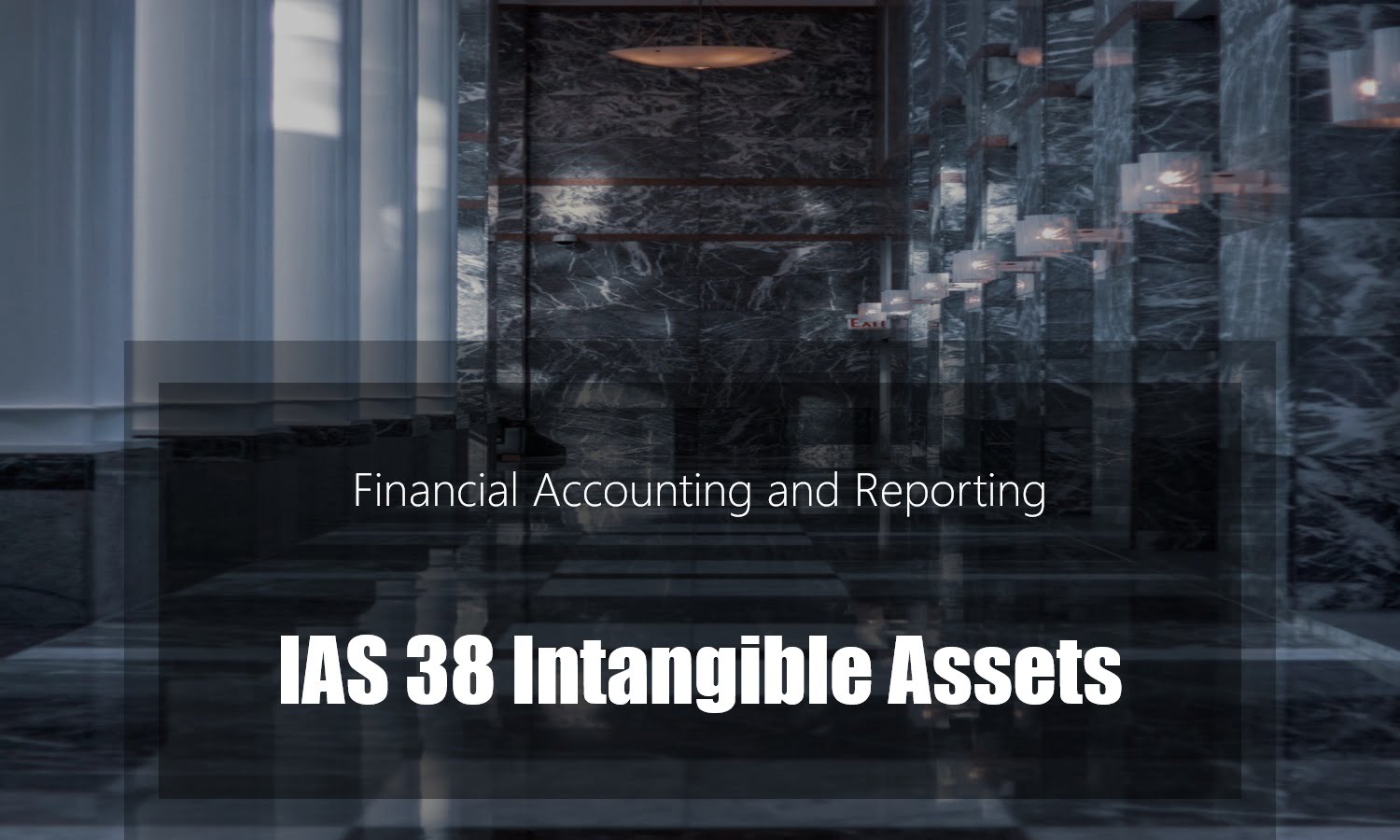IAS Standards
IAS 2 Inventories
IAS 7 Statements of cash flows
IAS 7 Statement of cash flows – Revisited
IAS 8 Accounting policies, changes in accounting estimates, and errors
IAS 10 Events after the reporting period
IAS 16 Property, plant and equipment
IAS 20 Accounting for government grants and disclosure of government assistance
IAS 21 The effects of changes in foreign exchange rates
IAS 24 Related party disclosures
IAS 27 Consolidated and separate financial statements
IAS 28 Investments in associates and joint ventures
IAS 32 Financial instruments: presentation
IAS 33 Earnings per share – Revisited
IAS 37 Provisions, contingent liabilities and contingent assets
IFRS Standards
IFRS 5 Non-current assets held for sale and discontinued operations
IFRS 7 Financial instruments: disclosures
IFRS 10 Consolidated financial statements
IFRS 12 Disclosure of interests in other entities
IFRS 13 Fair value measurement
IFRS 15 Revenues from contracts with customers
IAS 17 VS IFRS 16 Lease – Differences
IAS 38 full text Overview
IAS 38 Intangible assets gives guidance on the accounting treatment for intangible assets that are not dealt with specifically in another standard. It requires an entity to recognize an intangible asset upon fulfillment of certain recognition criteria. It also specifies how to measure the carrying amount of intangible assets and requires certain disclosures regarding intangible assets.
Tackle IAS 38 in TWO simple steps:
- Understanding
- Recognition and Accounting treatment
Step 1: Understanding Intangible Assets
Intangible asset is an identifiable non-monetary asset without physical substance. An intangible asset is identifiable when it:
- is separable (capable of being separated and sold, transferred, licensed, rented, or exchanged, either individually or together with a related contract), or
- arises from contractual or other legal rights, regardless of whether those rights are transferable or separable from the entity or from other rights and obligations.
IAS 38 Intangible assets Examples
- patented technology, computer software, databases.
- trademarks, newspaper mastheads, Internet domains.
- video and audiovisual material.
- customer lists.
- mortgage servicing rights.
- licensing royalty and standstill agreements.
- import quotas.
- franchise agreements.
- customer and supplier relationships.
- marketing rights.
Application: IAS 38 standard applies to all intangible assets other than:
- financial assets (IAS 32 Financial Instruments)
- exploration and evaluation assets (IFRS 6 Exploration for and Evaluation of Mineral Resources).
- expenditure on the development and extraction of minerals, natural gas, and similar resources.
- intangible assets arising from insurance contracts.
- intangible assets covered by another IFRS
Step 2: Recognition and Accounting treatment IAS 38 criteria
Recognition and Accounting

Intangible Assets can be acquired as:

Purchased Separately
- Recognized and Capitalized at Cost/Purchased price.
Exchange transactions
- An intangible asset may be acquired in exchange or part exchange of another intangible asset. The cost of such item is measured at fair value.
Granted by Government
- At fair value of normal amount ( Plus ) any expenditure incurred.
Acquired in business combination
- Recognize any intangible asset so acquired at its fair value.
- This may include any Research and development in progress of acquiree.
Internally Generated
IAS 38 research and development
- Costs incurred on internally generated intangible assets are incurred at Research Phase and Development stage.
Research costs
Examples of costs at Research Phase are costs from:
- obtaining new knowledge.
- search for application of knowledge and material.
- testing of materials.
- Research costs are expensed as incurred.
Development costs
Capitalize as intangible if ALL of following are met:
- project is technically feasible to complete.
- company intends to complete the project.
- it is capable of being used/sold and future benefits can be generated.
- resources are available to complete it.
- development expenditure can be measured reliably.
Subsequent Measurement

Cost Model
An intangible asset is carried as its cost (less) any accumulated depreciation and impairment loss after initial recognition.
Cost includes:
- expenditure on material and services used.
- salaries, wages and other employment related cost directly engaged in generating the asset.
Cost Prohibited:
- selling and administration overheads.
- initial operating losses.
- training expenditure.
With Finite life
- Asset must be amortized over its life.
- Amortization method should reflect the pattern in which asset’s future economic benefits are expected to be consumed.
- if that pattern cannot be determine reliably, use straight-line method.
Indefinite life
- The asset should not be amortized but impairment review should carried out annually.
- The life should be review each period.
- The change in life is a change in accounting estimate in accordance with IAS 8.
- Very rare in practice.
- Intangible assets may be carried at a revalued amount (based on fair value) less any subsequent amortization and impairment losses only if fair value can be determined by reference to an active market.
IAS 38 pdf
The above IAS 38 summary is the most simplified version. Moreover, Click here to Download IAS 38 intangible assets pdf

Leave a Reply
You must be logged in to post a comment.